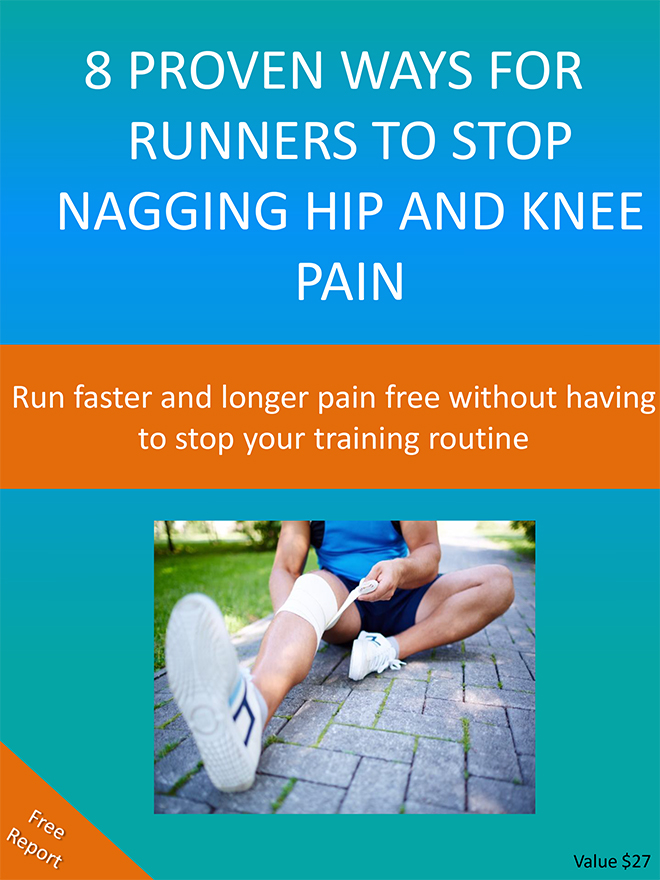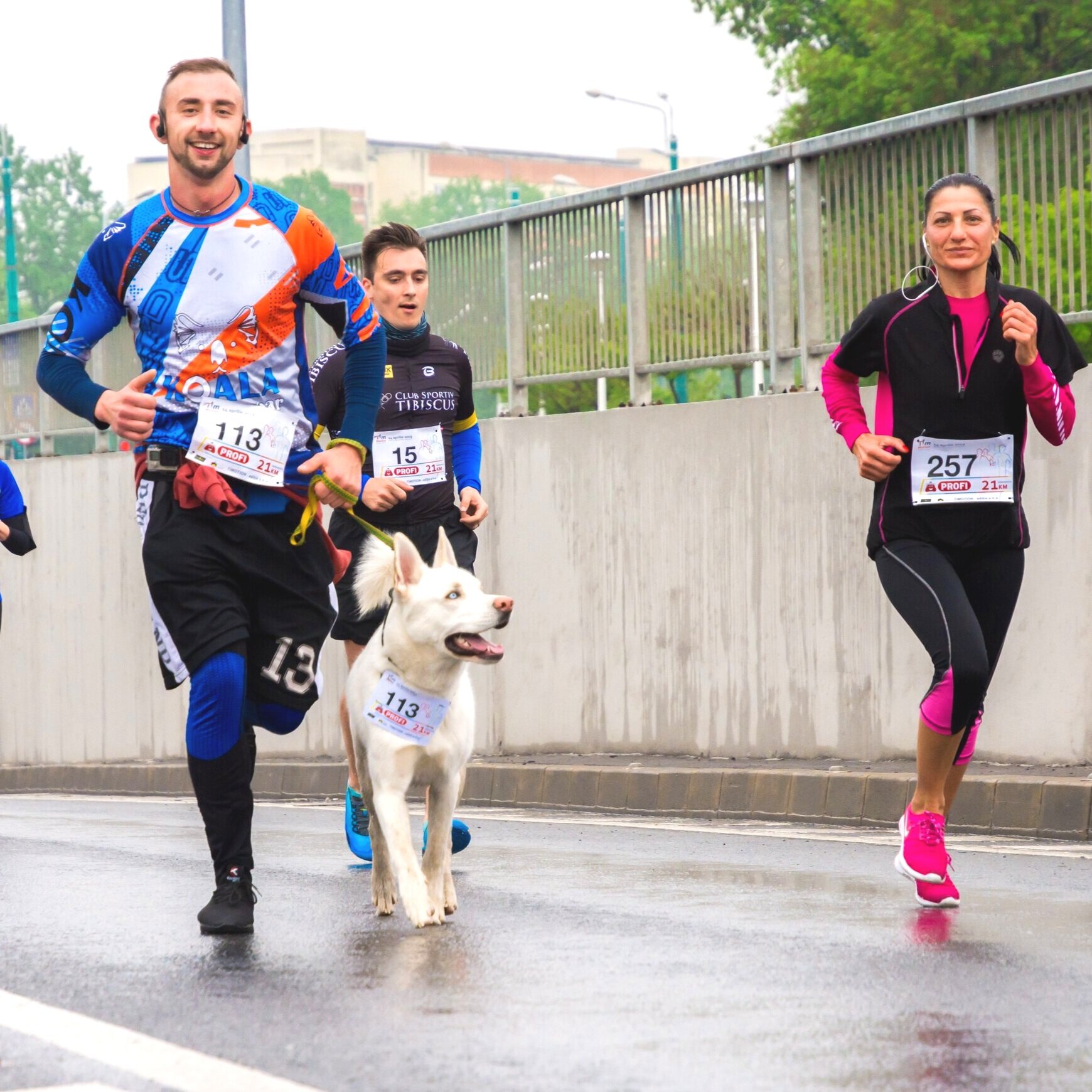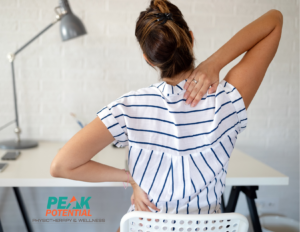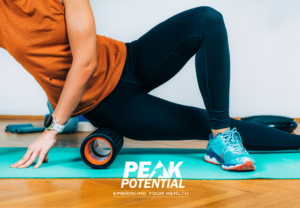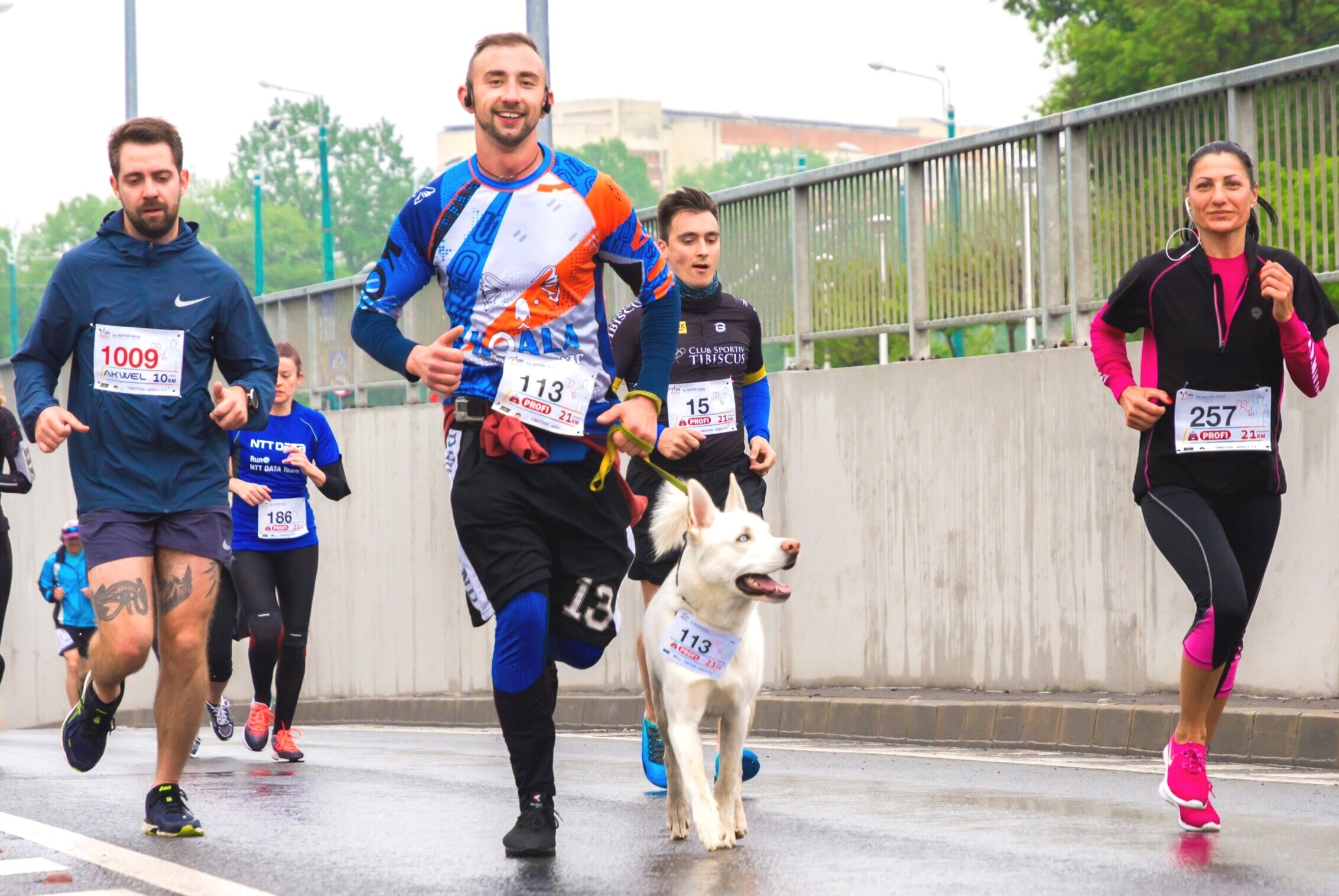
Woman running in the countryside training with headphones
For all of you training for the St. Jude marathon, we congratulate you on your commitment. Whether this is your first or fifteenth race, it is important to train to reach the finish line, but also protect your body so you can make it to the starting line to begin with.
At this point you may be experiencing some aches and pain from logging all those miles. In fact, there are two frequently asked questions we hear as any race day draws closer:
-
Should I try to run through the pain?
-
Should I just give up on the marathon?
After all the hard work you put in following your training schedule, we want you to be able to run in this race. For the personal accomplishment it brings, as well as the amazing children this race supports.
We couldn’t possibly discuss every ache, pain, or injury in one blog post. Let’s talk about the top 3 marathon training injuries.
-
Runners Knee
If you are experiencing pain below the knee when you run, you are not alone. Patellofemoral syndrome, otherwise known as “runners knee”, is one of the most common complaints. This is generally an overuse injury. It causes pain and irritation underneath the knee cap and surrounding structures.
Often times, the culprit is not actually the knee. It’s from a misalignment at the feet or hips causing the knee to track incorrectly as you run. A foot orthotic in your shoe can correct alignment of your foot and knee resulting in decreased irritation.
If the misalignment is coming from the hip or pelvis, you will need a manual therapist to correct this alignment. Luckily, a physical therapist can evaluate and treat this alignment issue fairly quickly without the loss of too many training miles.
-
Shin Splints
Another common injury, shin splints are most often traced back to a sudden spike in training volume and intensity. Problems occur when the muscles that stabilize the foot are not strong enough yet to handle the extra mileage. Subsequently, the tendons running from your foot to your shin bone have too much motion and pull too much on your bone.
Many people used to consider shin splints a muscular problem with micro tears. However, it is now believed to be a problem of the tendons and bones. Left untreated, it can result in stress fractures.
If you don’t want to change your training schedule, moving your runs to a soft surfaces such as trails or grass may help. This decreases the impact on the foot and lower leg. Secondly, work on improving your calf strength. This muscle braces the lower leg bones against the impact of running. Lastly, consider your stride length. Correcting an over stride can also take pressure off your shin.
-
Hip Pain
Hip pain can have several causes, but most commonly we see a simple issue of alignment or muscle imbalance. I have heard it said that if you take care of your hips, your knees and feet will take care of themselves.
The first step to correcting hip pain, is having your alignment tested. If the structures of your pelvis and hips are not in the correct position, you will continue to have pain despite your efforts to strengthen the surrounding muscles.
In addition, building strength alone will not correct the root of the problem. We must retrain movement patterns so that you recruit the right muscles, in the right sequence, at the right time.
With any of these injuries, a period of rest or backing off your training schedule can be beneficial. However, if that is not an option for you, your pain should be evaluated by a professional as soon as possible.
It may be as simple as new running shoes. We must pay close attention to the mileage we put on our shoes. And, now is the time to make a change. But don’t wait until the week before the race and try to break in new shoes or orthotics. This is a recipe for more pain and poor performance on race day.
Often the journey to the starting line is more difficult than the race to the finish line!
Our goal. . . to get you to the starting line. The sooner we can identify the underlying problem of your pain, the sooner it can be addressed and you can get back to your normal running routine.
If you want more information on running injuries and tips to work on at home, request a copy of our FREE runner’s report, by clicking HERE.
